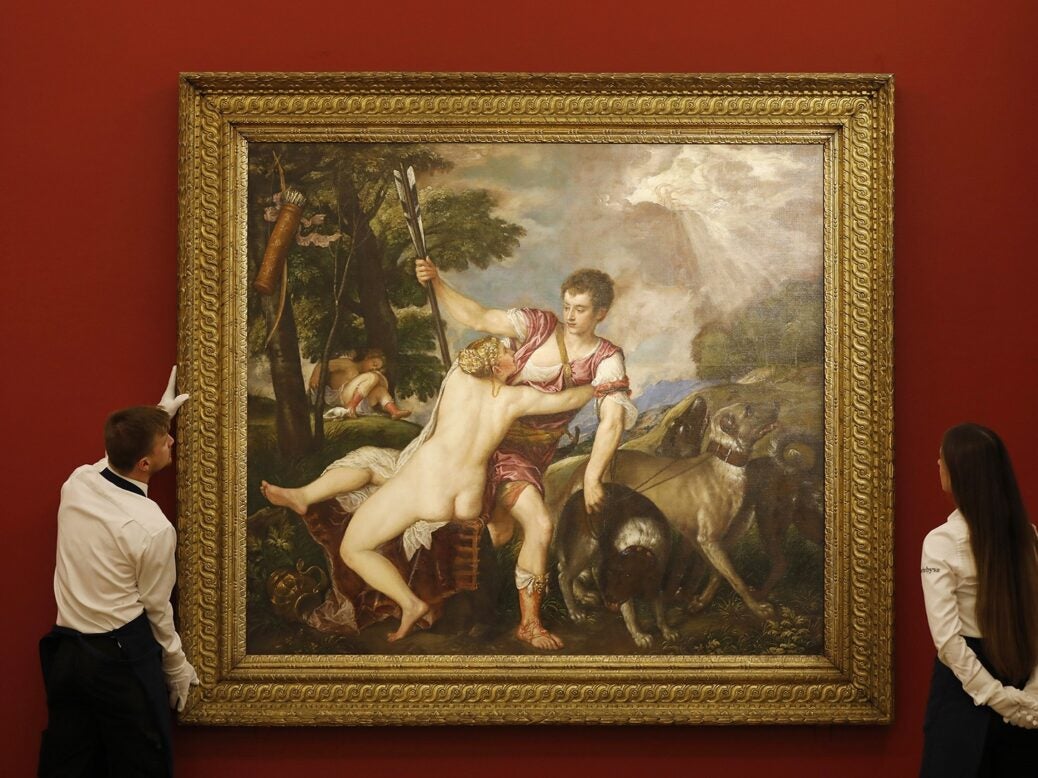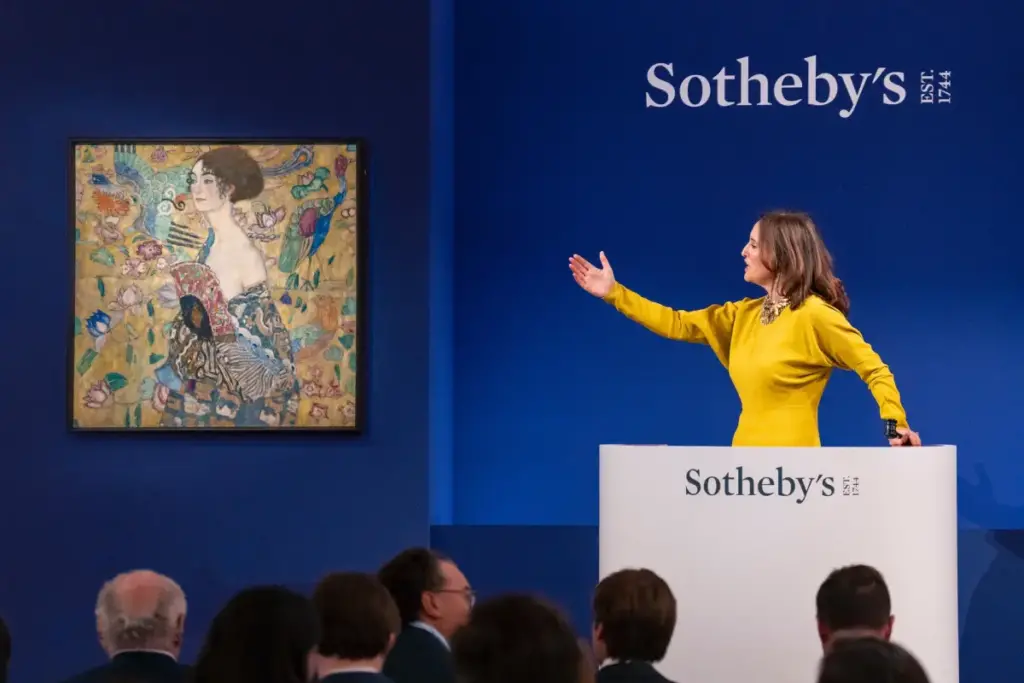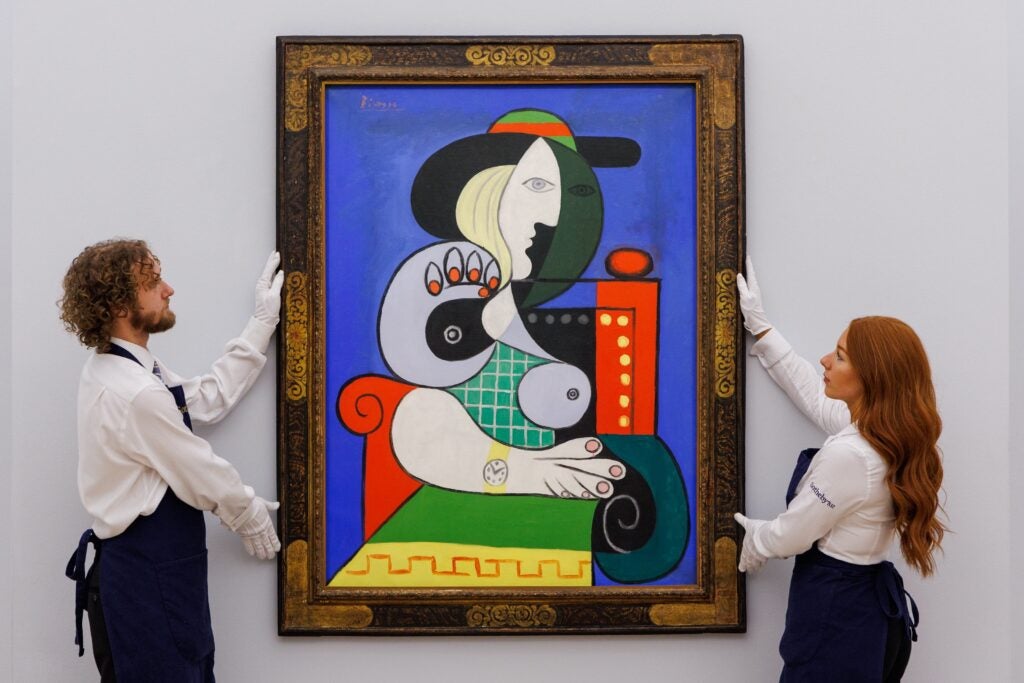
A leading art adviser is indispensable to high-net-worth individuals seeking to grow – or sell off – their collections.
As well as guiding clients through – and facilitating access to – the shows, sales, fairs and auctions that comprise the international art market, an art adviser can oversee more prosaic matters, such as transportation and insurance.
[See also: Outstanding art advisers for high-net-worth collectors]
A key element in which they are also involved is valuation. Advisers are trusted with putting a price on art. In my opinion, these are the nine considerations to keep in mind:
Reputation and recognition
An artist’s reputation within the art community and their level of recognition can significantly influence its market value. Awards, honours, exhibitions in prestigious galleries or museums, and positive reviews from critics can all contribute to building a strong reputation. The age of an artist also plays a role. For example, Gerhard Richter is not producing any more artworks at his age (of 92), thus supply will not increase. On the other hand, an artist like Damien Hirst continues to produce at a fast pace, irritating the development of his market-prices.
[See also: Gallerist Pearl Lam: a champion of Asian contemporary art]
Market demand

Understanding the current demand for a particular style, genre, or theme of art is crucial. Trends in the art market can shift over time, impacting the value of certain types of artwork. The top 50 artists in contemporary art make approximately 80 per cent of the turnover, ensuring their stable prices over decades.
Artistic vision and concept
The clarity and strength of an artist’s vision and concept can distinguish them in the marketplace. Artists with a unique perspective or a compelling narrative behind their work often garner more attention and higher prices. The silkscreens of Marilyn Monroe by Warhol are a perfect example.
[See also: The generational divide shaping the global art market]
Collector base
The size and enthusiasm of an artist’s collector base can drive demand and prices for its work. Established collectors who actively seek out and purchase an artist’s pieces can create a strong market.
Artistic medium and materials
The medium and materials used by an artist can affect their market value. Certain mediums may be more desirable or collectible than others, depending on prevailing tastes and trends. Oil/Canvas in the category ‘painting’ fetches the highest prices because it makes the artwork more powerful. This technique is also very demanding for an artist and makes it unique (compared to editions, for example).
[See also: The dark art of the deal: the oligarch who lost a billion in the art market]
Quality of work

Artistic skill, creativity, originality, and innovation are important factors to bear in mind. High-quality work tends to command higher prices and attract more interest from collectors and galleries.
Art market trends
Keeping abreast of broader trends in the art market, including sales data, auction results, and emerging artists, can inform decisions about the value of an artist’s work. Factors such as market cycles, economic conditions, and cultural shifts can all influence pricing and demand.
Exhibition history
The artist’s history of exhibitions, both solo and group shows, can provide insights into their trajectory and market presence. Participation in reputable exhibitions can enhance an artist’s credibility and visibility.
Long-term potential
Assessing an artist’s long-term potential involves considering factors such as the consistency of their output, their ability to evolve creatively, and their prospects for continued relevance in the art world.
Thomas Reinshagen, previously senior director at Sotheby’s in Zurich, is an independent art and luxury consultant.






